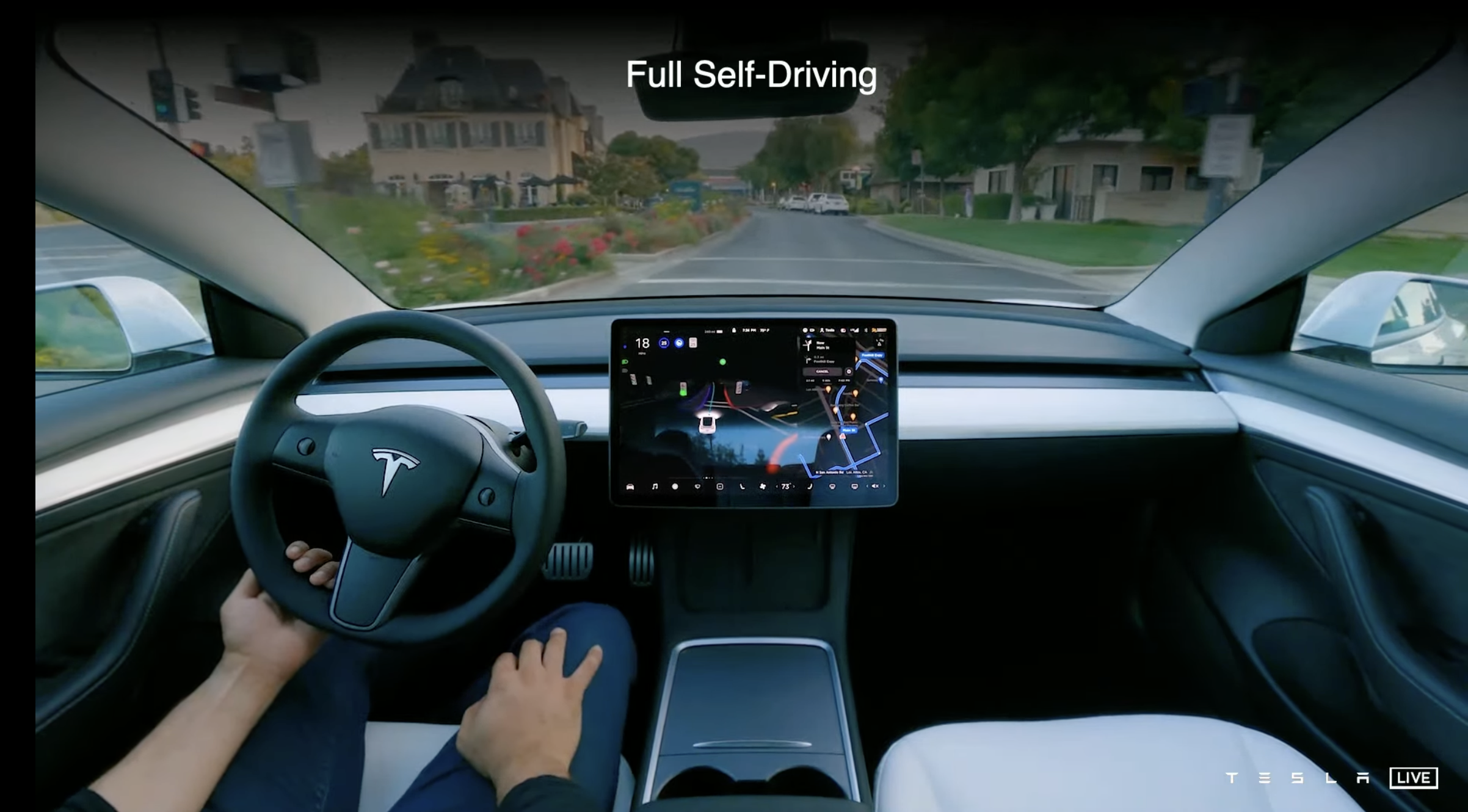
Tesla could have avoided that $242.5M Autopilot verdict, filings show. Recent court filings suggest that Tesla was aware of potential safety issues with its Autopilot system well before a tragic crash in 2019 that resulted in significant damages and injuries. This revelation raises serious questions about Tesla's commitment to driver safety and their handling of known risks associated with their advanced driver-assistance systems (ADAS).
The Autopilot Verdict: A Deep Dive into Liability
In 2025, a jury awarded $242.5 million in damages to the plaintiff, whose family member was severely injured in a Tesla crash while Autopilot was engaged. The lawsuit claimed that Tesla's Autopilot system was defective and that the company failed to adequately warn drivers about its limitations. The recent filings shed light on what Tesla knew and when, painting a potentially damning picture.
Key Revelations from the Court Filings
According to the filings, Tesla engineers had identified potential flaws in Autopilot's ability to handle certain road conditions and situations. Specifically, concerns were raised about Autopilot's performance in scenarios involving:
- Emergency vehicles: Difficulty detecting and responding appropriately to emergency vehicles with flashing lights.
- Unmarked lanes: Challenges in navigating roads with faded or missing lane markings.
- Adverse weather conditions: Reduced accuracy in heavy rain, snow, or fog.
- Static objects: Inconsistent identification of stationary objects like traffic cones or construction barriers.
The documents suggest that Tesla executives were aware of these limitations but opted to prioritize the rollout of Autopilot features over implementing robust safety measures. This decision, if proven, could significantly impact future legal battles and regulatory scrutiny surrounding Tesla's ADAS technology.
Could Tesla Have Avoided the Verdict? The Question of Negligence
The central question now is whether Tesla could have avoided the $242.5 million Autopilot verdict. The answer likely hinges on whether they acted responsibly given the information they possessed. If Tesla knew about the safety risks associated with Autopilot, the court will analyze if they fulfilled their duty of care by:
- Providing adequate warnings: Did Tesla sufficiently warn drivers about the limitations of Autopilot and the potential for misuse?
- Implementing safety enhancements: Did Tesla take reasonable steps to address the known safety concerns through software updates or hardware improvements?
- Monitoring real-world performance: Did Tesla actively monitor Autopilot's performance in real-world driving conditions to identify and address emerging issues?
Failure to adequately address these points could be interpreted as negligence, potentially leading to further legal repercussions for Tesla. The importance of providing clear warnings about Autopilot limitations cannot be overstated. Drivers need to understand that Autopilot is not a fully autonomous system and requires constant supervision.
The Impact on Tesla's Reputation and Future
This verdict and the revelations surrounding it are likely to have a significant impact on Tesla's reputation and future prospects. The increased scrutiny from regulators, the potential for further lawsuits, and the erosion of consumer trust could all pose challenges for the company.
Moreover, this incident may accelerate the development and adoption of stricter regulations for ADAS technology across the automotive industry. Regulators may now be more inclined to demand greater transparency and accountability from automakers regarding the safety and performance of their advanced driver-assistance systems.
Long-Term Implications for the Autonomous Vehicle Industry
The fallout from the Tesla Autopilot verdict extends beyond just one company. It serves as a cautionary tale for the entire autonomous vehicle industry, highlighting the importance of prioritizing safety and transparency above all else. Companies developing self-driving technology must be diligent in identifying and addressing potential safety risks, and they must be transparent with the public about the limitations of their systems.
The Importance of Robust Testing and Validation
Before deploying advanced driver-assistance systems on public roads, it's crucial to conduct rigorous testing and validation to ensure their safety and reliability. This includes:
- Simulated testing: Running millions of miles of simulations to expose the system to a wide range of driving scenarios.
- Real-world testing: Conducting extensive testing on public roads under various weather conditions and traffic situations.
- Independent validation: Engaging third-party experts to independently evaluate the system's safety and performance.
Proper validation should include real-world Autopilot testing environments that accurately reflect the challenges drivers face every day.
Ethical Considerations in Autonomous Vehicle Development
The development of autonomous vehicles raises a number of complex ethical considerations. Companies must grapple with questions such as:
- How should autonomous vehicles be programmed to respond in unavoidable accident scenarios?
- Who should be held liable in the event of an accident involving an autonomous vehicle?
- How can we ensure that autonomous vehicles are accessible and equitable for all members of society?
Addressing these ethical considerations is essential for building public trust in autonomous vehicle technology and ensuring its responsible deployment. Ethical considerations when developing reliable autonomous vehicle technology will continue to be a focal point.
Conclusion: A Wake-Up Call for Tesla and the Auto Industry
The $242.5 million Autopilot verdict and the revelations surrounding Tesla's internal knowledge serve as a wake-up call for both the company and the broader automotive industry. It underscores the critical importance of prioritizing safety, transparency, and responsible innovation in the development and deployment of advanced driver-assistance systems. As technology continues to evolve, it is imperative that automakers and regulators work together to ensure that these systems are safe, reliable, and beneficial for all.
Moving forward, Tesla will need to demonstrate a renewed commitment to safety and transparency if it hopes to regain the trust of consumers and avoid further legal challenges. The future of autonomous driving depends on it. Learning from this situation, developing safer Tesla Autopilot systems is essential for the future of Tesla and the broader autonomous vehicle industry.